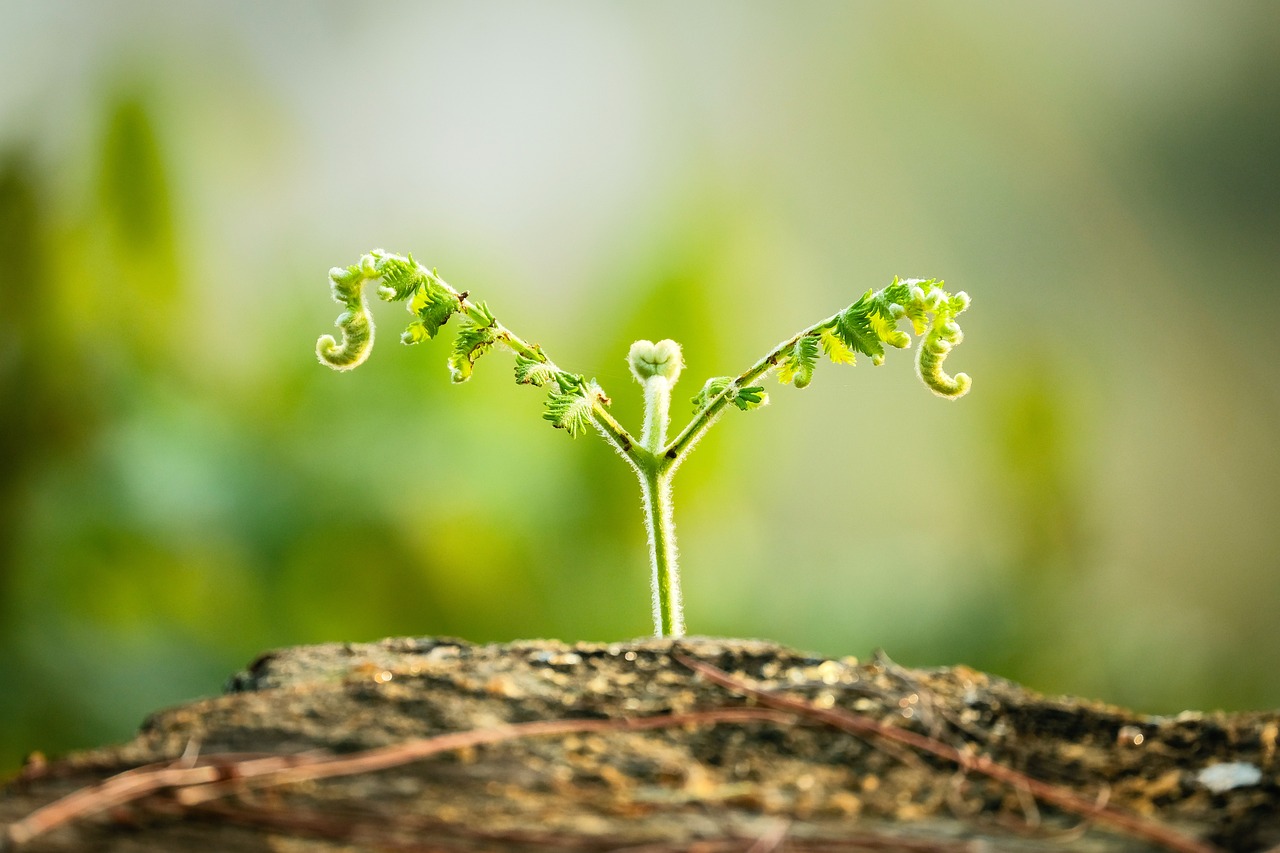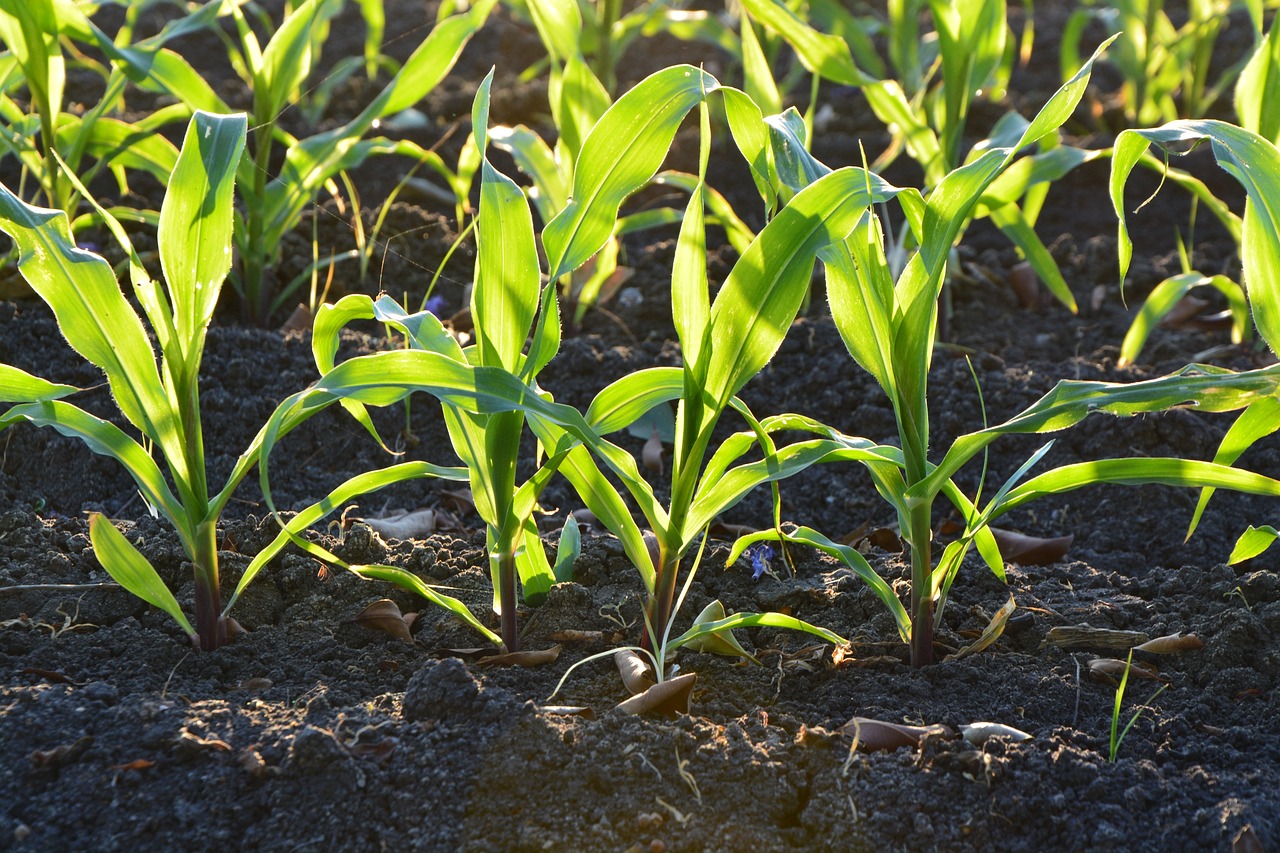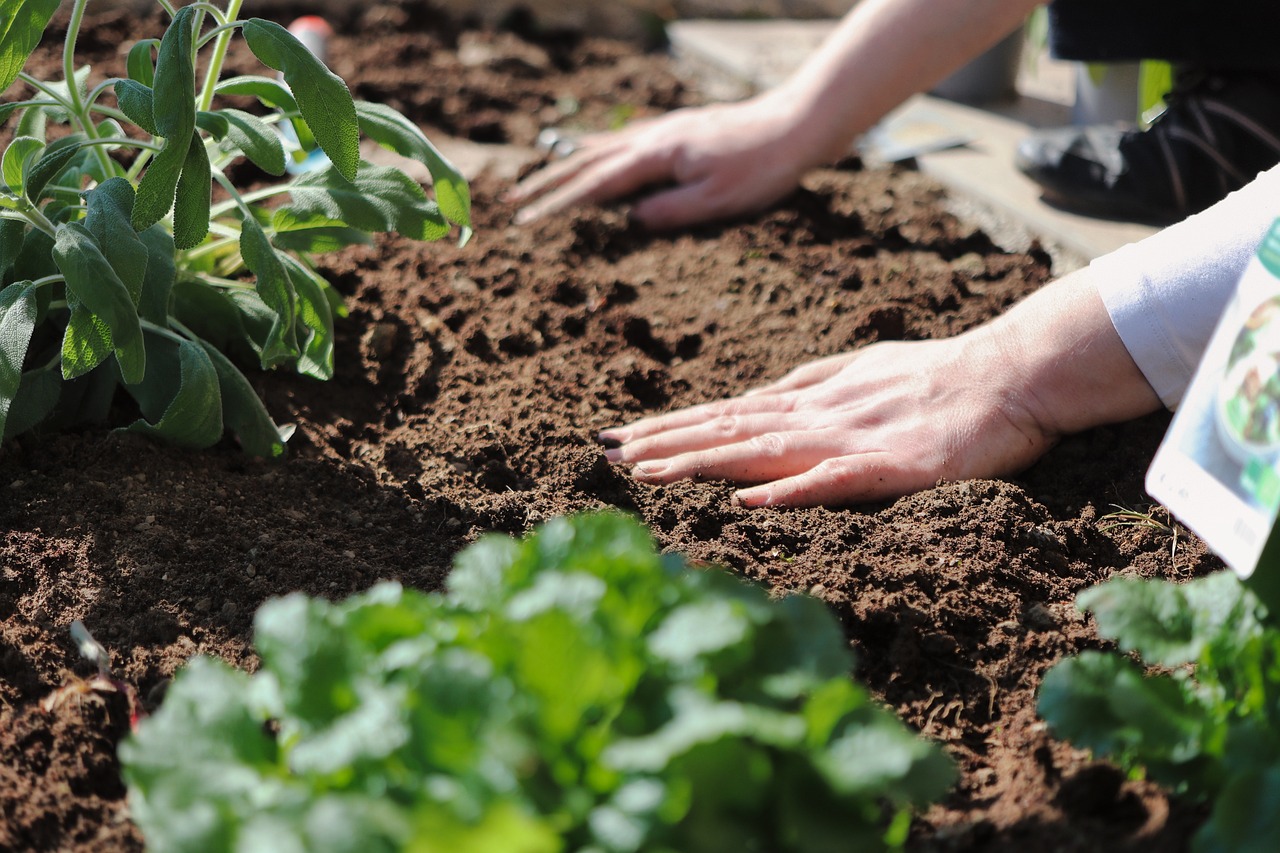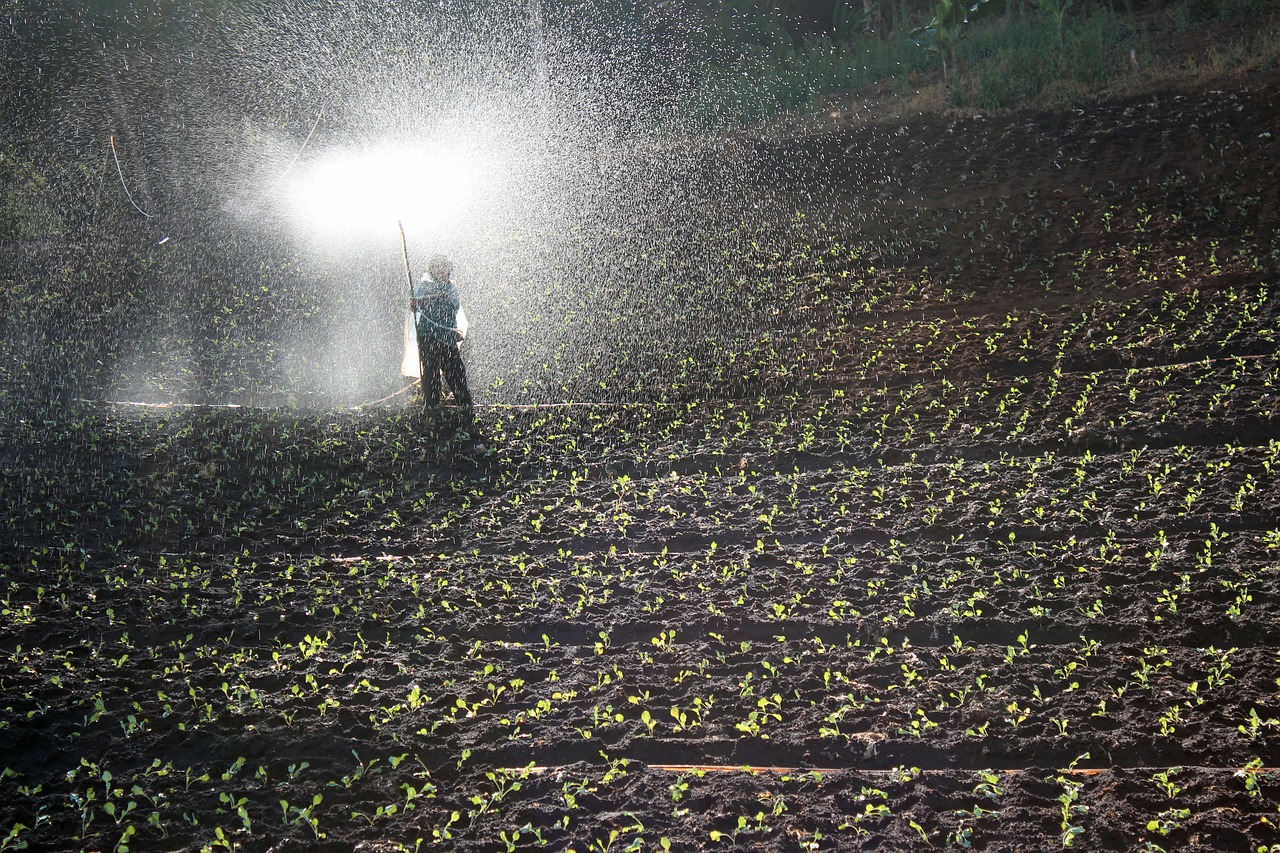Scarification and aeration are fundamental steps in rejuvenating tired or compacted soil, but one crucial aspect that often gets overlooked is fertilization. In the realm of lawn care and gardening, fertilization is a key that can transform the health and appearance of your turf. It’s an essential component in achieving a vibrant, lush garden.
In our previous blog, your favorite gardeners talked about the importance of scarification and aeration, but still, let’s see briefly what they are.
Before Fertilization, The Basics of Scarification and Aeration
Before we dive into fertilization, let’s explore the importance of these methods.

Scarification
Scarification involves mechanically raking the soil to remove thatch, moss, and other debris that can stifle growth. This method also inhibits water and nutrient penetration. The process helps to open up the soil, allowing for better air circulation and root development.
Aeration
On the other hand, aeration involves perforating the soil with small holes to alleviate compaction and promote better drainage. By creating these openings, aeration facilitates the movement of air, water, and nutrients deeper into the soil, which is essential for healthy root growth.
Why Does Fertilization Matter?
Well, here’s where fertilization plays a big role. After these methods we already discussed, your soil is primed and ready to receive essential nutrients that will fuel plant growth and vitality. Fertilizers provide plants with the necessary elements they need to thrive, such as nitrogen (N), phosphorus (P), potassium (K), and other micronutrients like iron, calcium, and magnesium.

The Benefits of Fertilization
1. Nutrient Replenishment
Scarification and aeration can disrupt the soil structure and deplete nutrient reserves. Fertilization replenishes these nutrients, ensuring your grass or plants have everything they need to grow vigorously.
2. Stimulates Growth
Fertilizers contain nitrogen, which promotes healthy leaf and stem growth. Phosphorus supports strong root development, while potassium aids in overall plant health and disease resistance.
3. Enhances Recovery
Lawn care such as scarification and aeration, can temporarily stress your garden. Fertilization helps speed up recovery by providing a boost of nutrients that encourage rapid growth and regeneration.
4. Soil Structure
Fertilizers not only nourish greenery but also contribute to soil health. Over time, consistent this method can improve soil structure, making it more conducive to root growth and water retention.

Choosing The Right Fertilizer
Selecting the right fertilizer is important for achieving optimal results for maximizing the health and vitality of your lawn or garden. By considering factors such as soil type, plant needs, and environment, you provide a steady supply of nutrients over time, reducing the risk of leaching and runoff.
Every gardener needs to understand the soil’s pH and texture because certain plants prefer specific pH ranges. Sandy soils require more frequent but lighter applications of fertilizer, while clay soils benefit from slow-release nutrients to prevent leaching.
A good practice is to consider the nutrient needs of different plants. For instance, vegetables typically require higher levels of nitrogen, phosphorus, and potassium compared to ornamental flowers. Also, young plants might benefit from higher phosphorus levels to encourage root development, while established plants may need more nitrogen for leafy growth.

If you have a well or near water bodies, choose fertilizers with reduced risk of leaching to prevent water contamination. You need to be aware of any local ordinances or guidelines regarding fertilizer use to minimize environmental impact.
Of course, if you feel the need to hire a gardener, we are here to give you all the reasons why. Check our blog and you will understand why.
Best Practices for Fertilization
When applying fertilizer post-scarification and aeration, follow these best practices to ensure good results.
✅ Timing: aim to fertilize during periods of active growth, typically in spring or early fall
✅ Application: use a calibrated spreader to ensure even distribution and avoid applying excessive amounts, as this can lead to nutrient runoff and environmental issues
✅ Watering: after fertilizing, water your lawn or garden lightly to help nutrients penetrate the soil and reach plant roots
Conclusion
In conclusion, fertilization is an indispensable step in the process of rejuvenating and maintaining healthy turf after scarification and aeration. By providing essential nutrients, fertilization ensures that your lawn or garden thrives, exhibiting lush greenery and robust growth. Incorporating fertilization into your lawn care regimen will yield long-lasting benefits for your outdoor spaces, transforming them into vibrant and flourishing landscapes. So, don't skip this crucial step - your plants will thank you for it!
And if gardening sounds like too much work and scares you, our garden experts will be happy to help. Contact us and ask for a FREE estimate, and we will take care of every service you need help with such as garden maintenance, patio cleaning, turfing, and others, or you can write us on our Facebook page where you can find more of our projects.


0 comments